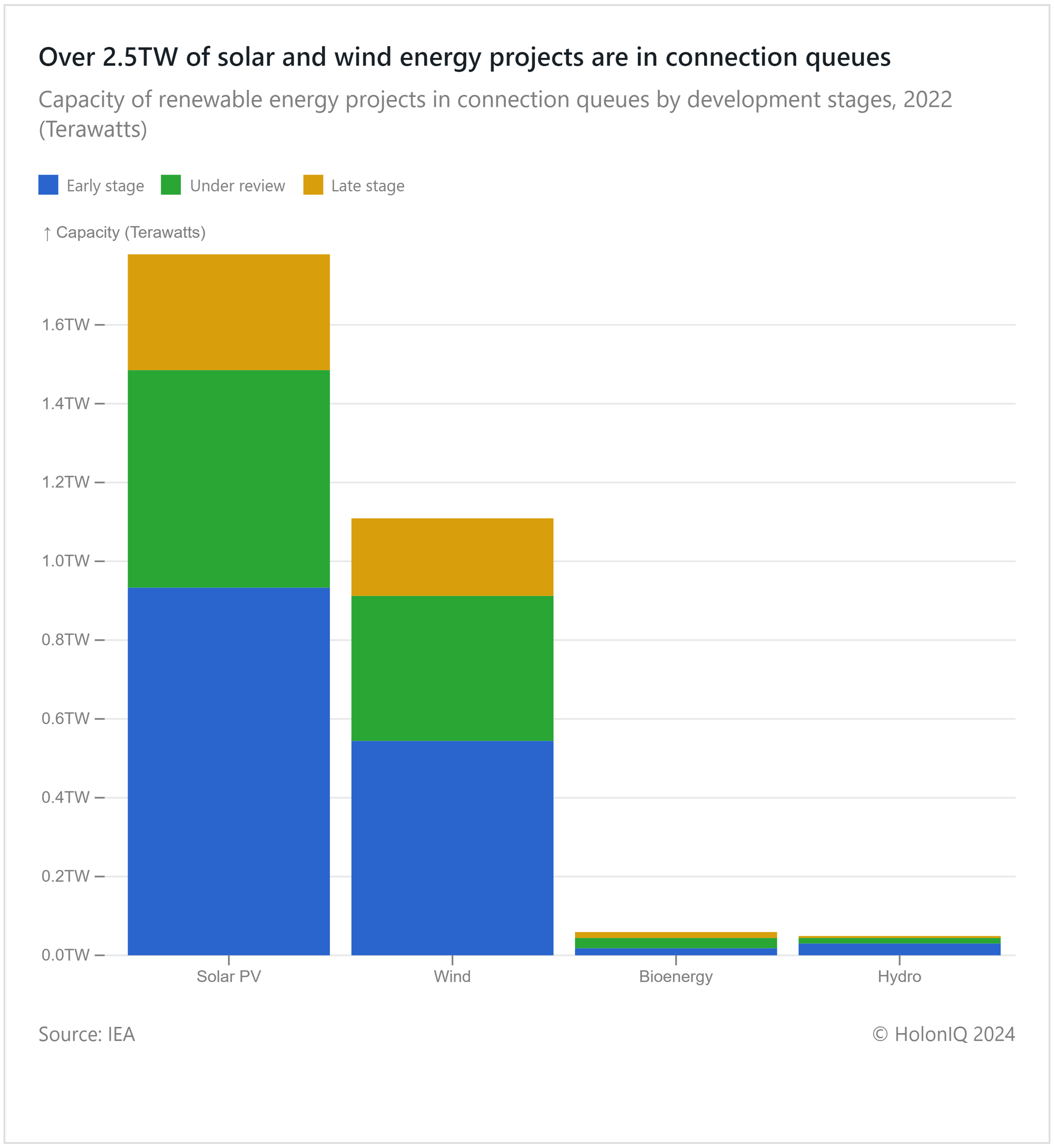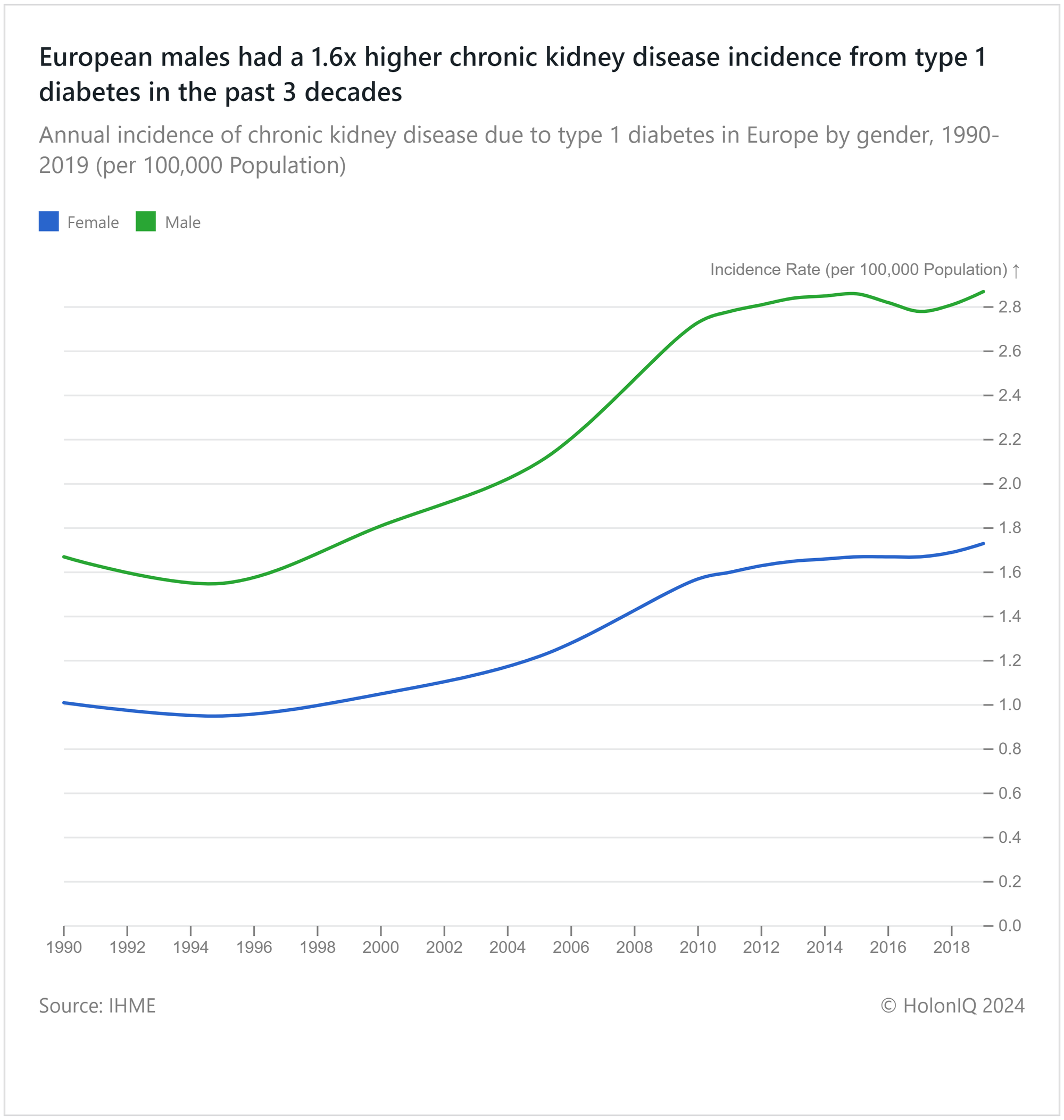⚡ 2.5TW Solar & Wind Projects. Literacy Skills. Chronic Kidney Disease.
Chart of the Day #106 looks at Literacy Skills, Renewable Energy and Chronic Care
Ayubowan 🌴
Arizona accelerates renewable energy development through a $10B investment from the federal government, resulting in the creation of 11,000 job opportunities. Ghana's government is to launch national policy on tech in education. The new policy will promote Ed-Tech integration nationwide, aiming to modernize learning and teaching, and is expected to launch in June.
Today's Topics
✍️ Literacy Skills. Early literacy skills reach near pre-pandemic levels
⚡ Renewable Energy. Over 2.5TW of solar and wind projects are in connection queues
🧑⚕️ Chronic Care. Chronic kidney disease incidence rates show a widening gender gap
For unlimited access to over one million charts, request a demo.
✍️ Early Literacy Skills Reach Near Pre-pandemic Levels

Student proficiency in early literacy (kindergarten to second grade) is approaching pre-pandemic levels, with only a 1% deviation noted in Kindergarten in 2023. Research indicates that students who struggle with reading in first grade are 88% more likely to encounter difficulties in the 4th grade. Struggling readers in 4th grade are four times more likely to drop out of high school, highlighting the importance of early literacy skills.
⚡ Over 2.5TW of Solar and Wind Projects are in Connection Queues

In 2022, more than 1TW of solar and wind energy projects were in connection queues. A connection queue is the delay between when a request connection for renewable energy is sent and accepted. Solar PV projects lead with around 1.8 TW, followed by wind with 1.1 TW. Bioenergy and hydro projects have minimal capacity while solar PV has the largest capacity across all stages, with most projects in the early stage. Wind projects also have the highest capacity in the early stage, with fewer in the late stage.
🩺Chronic Kidney Disease Incidence Rates Show a Widening Gender Gap

Over the past three decades European males have had a consistently higher incidence rate of chronic kidney disease caused by type 1 diabetes than females. From 1990 to around 2000, the rates for both genders were relatively stable following which the incidence rates for both genders rose. Male incidence rates grew steeply, peaking at about 2017, before slightly declining and rebounding. Females experienced a gradual rise, reaching about 1.7 per 100K population by 2019.
Like getting this newsletter? For unlimited access to over one million charts, request a demo.
Thank you for reading. Have a great week ahead!
Have some feedback or want to sponsor this newsletter? Let us know at hello@holoniq.com
